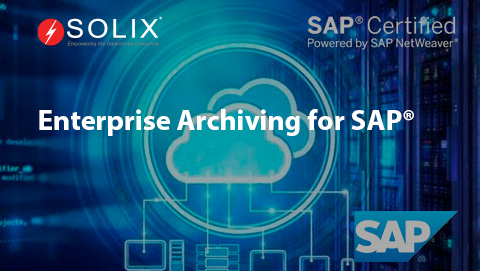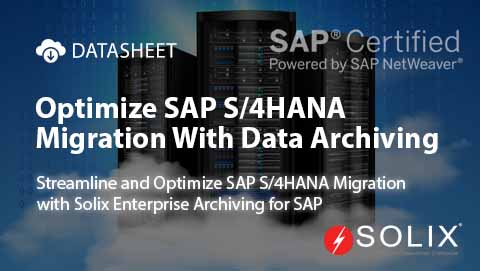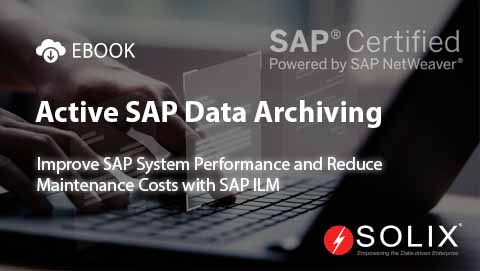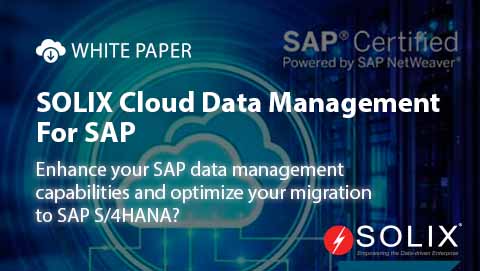Moving Away from PeopleSoft A Transformative Journey
If youre considering moving away from PeopleSoft, youre not alone. Many organizations are looking to optimize their operational efficiency and modernize their technology stack. The core question often boils down to How can I effectively transition from PeopleSoft without disrupting my business workflows Well, Im here to share insights from my personal experience, as well as actionable recommendations that can help you navigate this significant shift.
Transitioning away from PeopleSoft can be daunting, but it also presents a unique opportunity to leverage technologies that align better with your organizations goals. Whether youve outgrown PeopleSoft or find its functionalities less suited to your evolving needs, moving away from PeopleSoft can be the gateway to streamlined operations and enhanced user satisfaction.
Understanding the Need for Change
When I first proposed moving away from PeopleSoft at my previous company, I thought about the challenges we faced daily. Our outdated interfaces, slow performance, and lack of support for mobile access made it increasingly difficult for our teams to operate efficiently. The complexity of managing our financial and HR data within a system that felt cumbersome began to outweigh the benefits it once provided. Recognizing this pain was the first step toward a more agile solution.
Organizations often feel comfortable sticking with legacy systems like PeopleSoft due to familiar workflows and historically established practices. However, as industries evolve, its crucial to assess if your technological foundation remains adequate. If youre facing similar challenges, it could be a sign that moving away from PeopleSoft might be your best decision.
Strategizing Your Transition
Transitioning requires careful planning. My experience taught me that the first step is to create an actionable roadmap that outlines milestones. Here are some critical steps that you should consider
1. Assess Current Systems Understand your data structure and business processes. This assessment should include feedback from your employees who use the systems daily. Their insights can highlight pain points and opportunities for improvement.
2. Define Objectives What do you want to achieve by moving away from PeopleSoft Improved user experience, better scalability, enhanced features Clearly defining these objectives helps you choose the right alternative solution.
3. Research Alternatives Explore various ERP solutions or cloud-based options that align with your business needs. This is also where partnering with companies focused on modern solutions can help.
During my research phase, I discovered how Solix provides innovative solutions that ease the transition process. Their comprehensive data management services allow for a seamless migration and integration process, ensuring that your data remains secure and accessible.
The Role of Data Governance
Moving away from PeopleSoft isnt just a technology swap; its an opportunity to implement better data governance. This transitional phase can enhance how your organization collects, manages, and utilizes data. Establishing a robust data governance framework minimizes risks and maximizes data value.
In my experience, leveraging solutions such as the Solix Data Governance offering can tremendously simplify the migration process. It ensures that your team adheres to compliance regulations while maintaining data integrity throughout the transition.
Implementing Employee Training
One of the poorest decisions I made during my first transition was underestimating training. Employees often resist change due to uncertainty or discomfort with new tools. Ensure comprehensive training sessions are part of your transition planning to help employees adjust more smoothly to the new system.
Incorporate hands-on workshops and resource materials that provide users with practical knowledge about the new system. This not only increases confidence in using the new technology but also fosters a sense of ownership among your teams.
Monitoring and Adjusting Post-Migration
Once youve successfully transitioned away from PeopleSoft, the journey isnt over. Its important to continuously monitor the new systems performance and gather feedback from users regularly. This feedback loop will allow you to make necessary adjustments and ensure that the new system aligns with your organizational needs over time.
My team learned that regular check-ins post-migration helped in addressing any lingering issues upfront. Moreover, fostering a culture of adaptability made it easier for our team to embrace the changes rather than resist them.
Wrap-Up Embracing the Future
In closing, moving away from PeopleSoft can seem overwhelming, but its an opportunity to reinvent your organizations operations and embrace modern technology. By reflecting on my journey and sharing the lessons learned, I hope to provide you with insights that can facilitate your transition. Remember to focus on assessment, objectives, alternatives, data governance, training, and continuous improvement.
If you want to ensure that your move is as seamless as possible, consider reaching out to Solix. Their focus on innovative migration solutions can be a game-changer for your organization. For more information, you can call 1.888.GO.SOLIX (1-888-467-6549) or contact them directly through their contact page
About the Author
Im Sophie, a tech enthusiast and an organizational change advocate with firsthand experience in moving away from PeopleSoft. My journey has allowed me to connect with various solutions that streamline transitions and enhance operational efficiency. Lets embrace change together!
Disclaimer The views expressed in this blog are my own and do not necessarily reflect the official position of Solix.
Sign up now on the right for a chance to WIN $100 today! Our giveaway ends soon‚ dont miss out! Limited time offer! Enter on right to claim your $100 reward before its too late!




